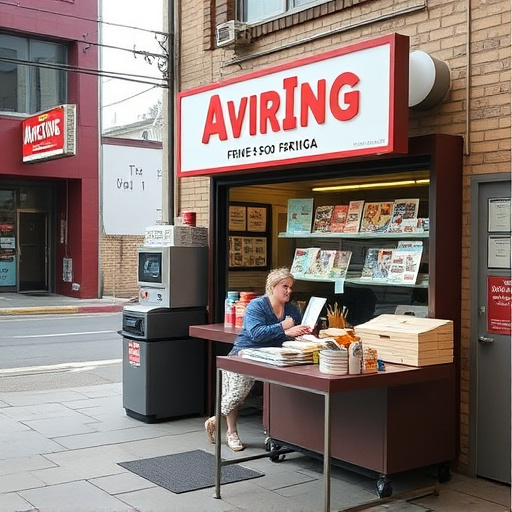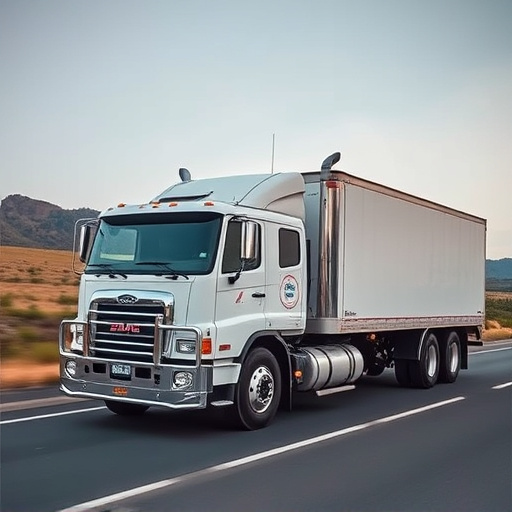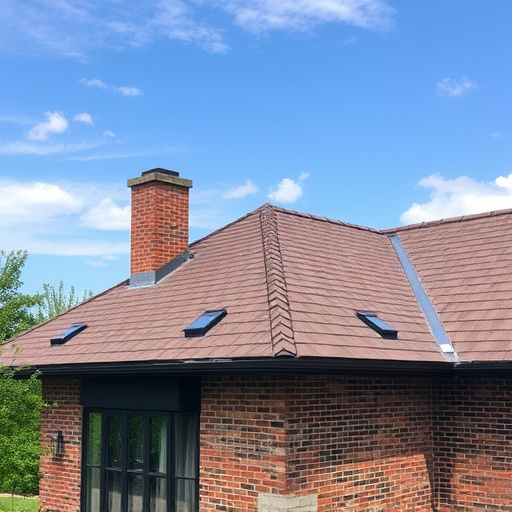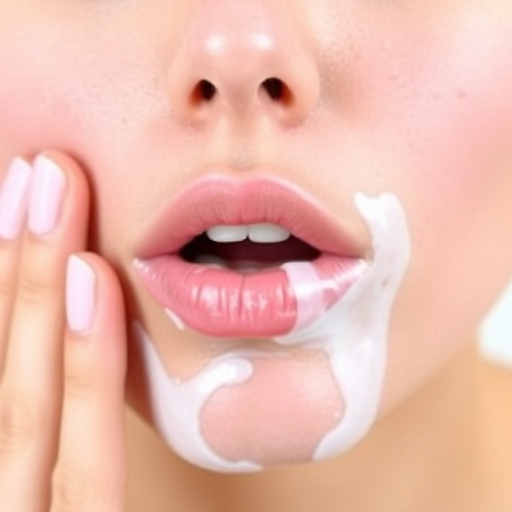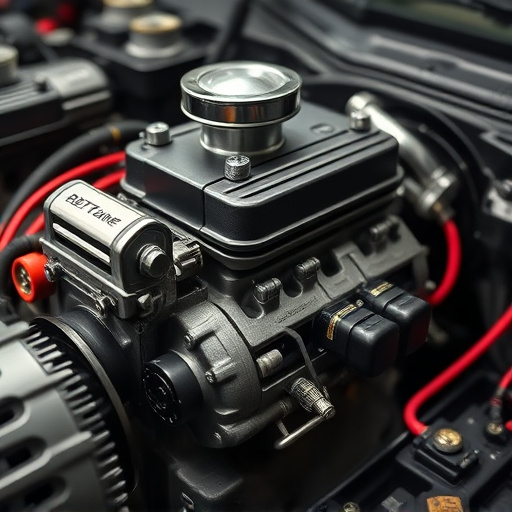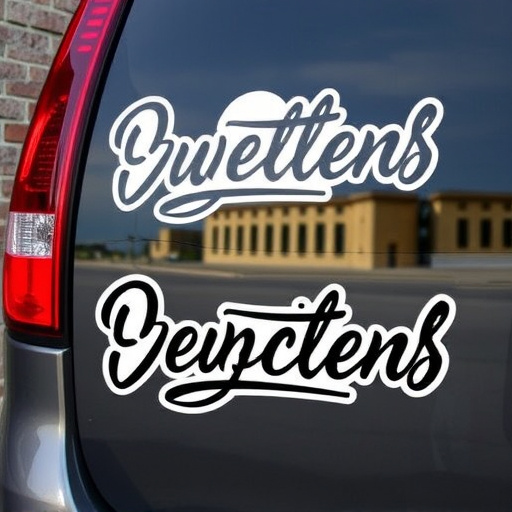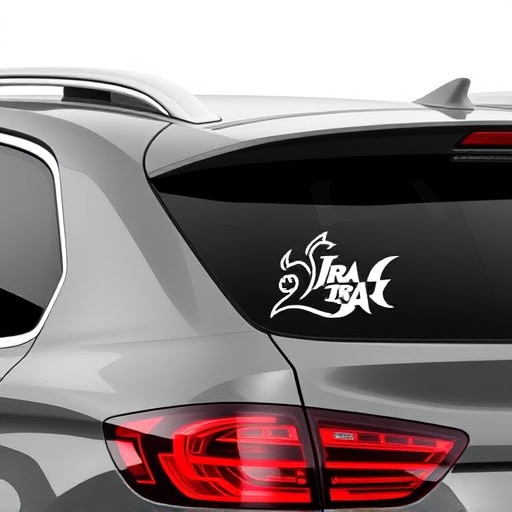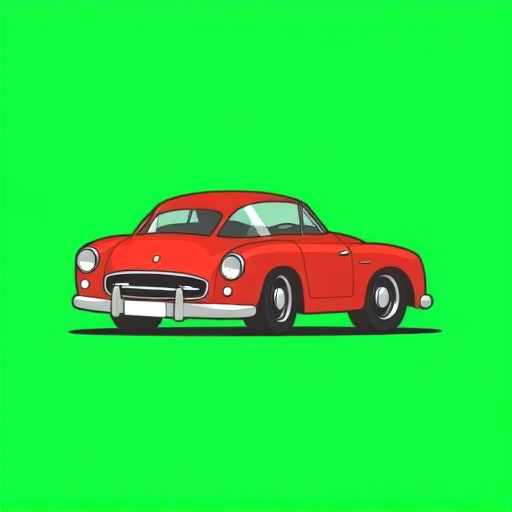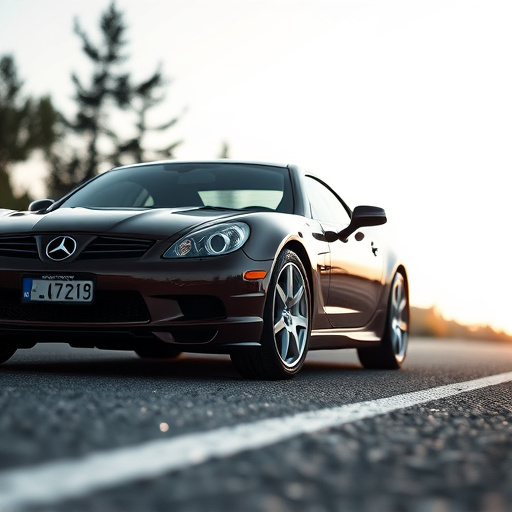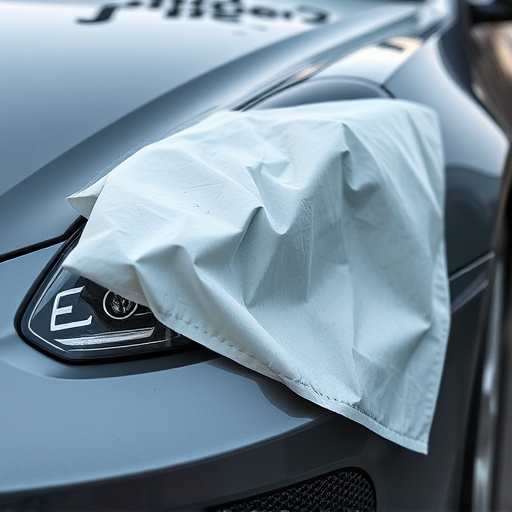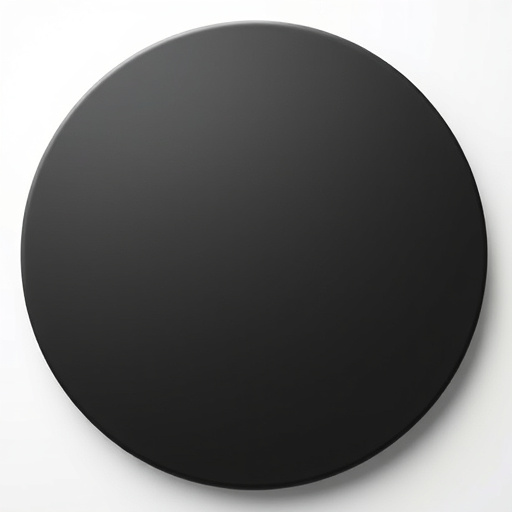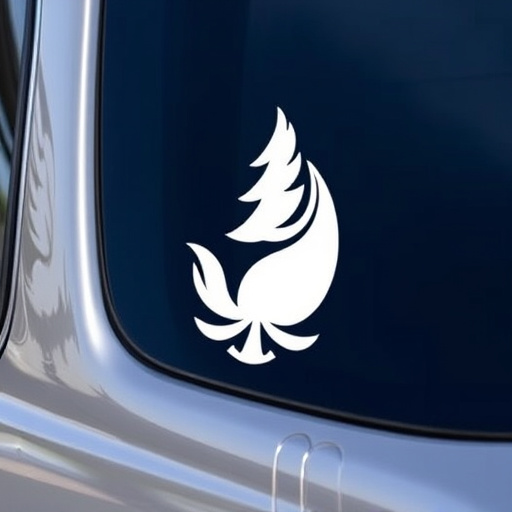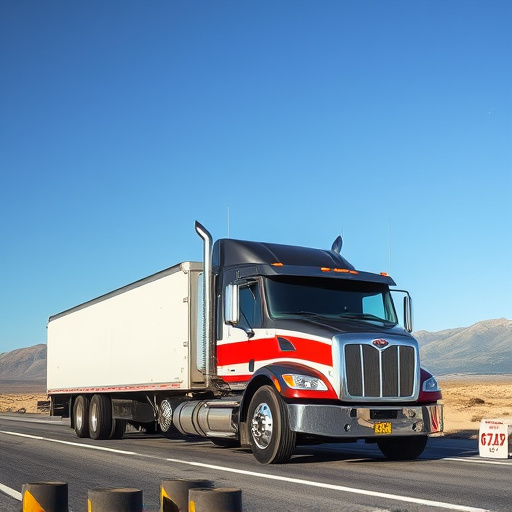Bumper protection film, made of scratch-resistant materials, offers better damage shielding than traditional paint for vehicles facing road debris and minor collisions. Lifespan varies 3-5 years depending on weather conditions and proper maintenance like regular washing, waxing, and inspections. Replacement is needed every 3-5 years based on usage and environmental factors, with indicators including significant scratching, tearing, discolouration, and loss of UV protection. Premium ceramic coatings enhance durability.
Bumper protection films are a popular choice for safeguarding vehicle bumpers from scratches, dings, and dents. But how often should you replace these protective panels? This article delves into the factors influencing bumper protection film durability, exploring environmental conditions and signs indicating the need for a refresh. By understanding these key aspects, drivers can ensure optimal vehicle protection and maintain a sleek, scuff-free exterior.
- Understanding Bumper Protection Film Durability
- Environmental Factors Affecting Replacement Frequency
- When to Replace: Signs and Common Milestones
Understanding Bumper Protection Film Durability
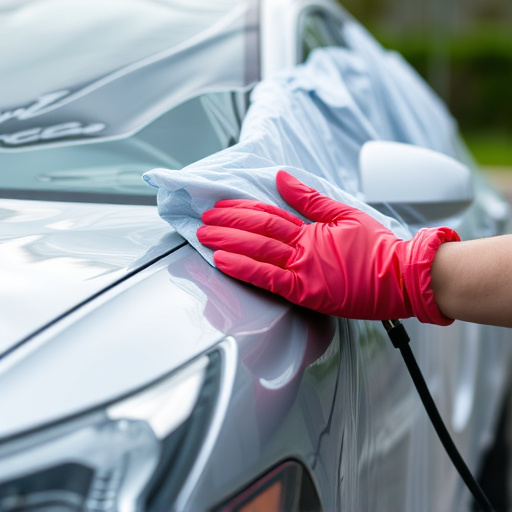
Bumper protection film, also known as car bumper wraps or guards, is designed to enhance the aesthetics and durability of your vehicle’s front and rear bumpers. Understanding its durability is crucial when determining replacement frequency. These films are crafted from high-quality, scratch-resistant materials, often featuring a hard, protective layer that repels impact and damage. They are typically more durable than traditional paints or finishes, making them an excellent choice for vehicles frequently exposed to harsh conditions like road debris, potholes, and minor collisions.
The longevity of bumper protection film depends on various factors, including the quality of the product, environmental conditions, and how well it’s maintained. High-quality ceramic window tinting or automotive detailing products can last anywhere from 3 to 5 years before showing signs of wear and tear, especially in regions with extreme weather conditions. Regular washing, waxing, and inspection can significantly extend their lifespan, ensuring your vehicle stays protected and retaining its attractive finish.
Environmental Factors Affecting Replacement Frequency
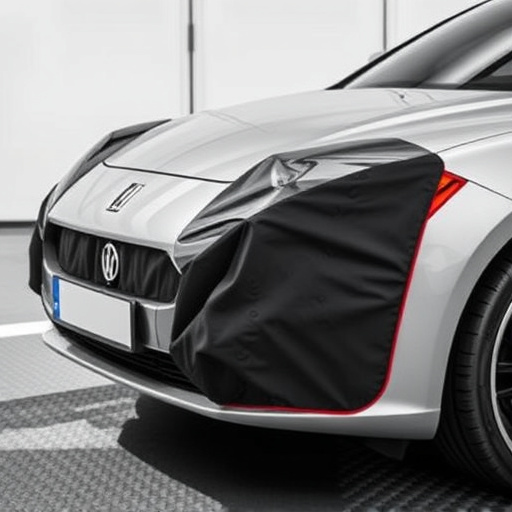
The frequency at which you need to replace your bumper protection film panels largely depends on environmental factors. Exposure to harsh weather conditions, such as extreme heat or cold, can accelerate the degradation process of the bumper protection film. UV rays from the sun can also cause the film to break down over time, leading to peeling, cracking, or fading.
Additionally, regions with high humidity levels or frequent rainfall can contribute to the deterioration of the paint protection film. These environmental factors can affect not just the bumper protection film but also the underlying vehicle paint, making regular checks and potential earlier replacements beneficial for maintaining optimal vehicle protection.
When to Replace: Signs and Common Milestones
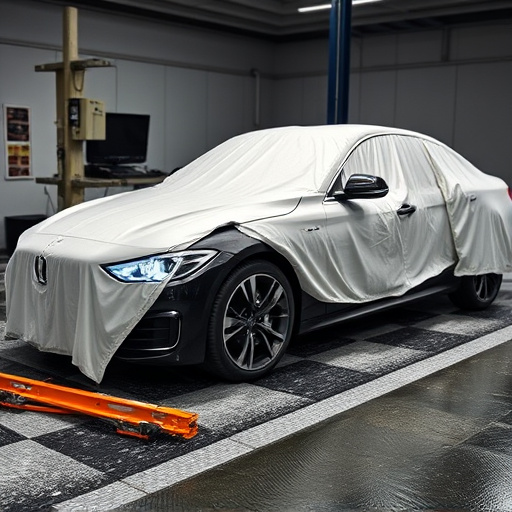
The lifespan of your bumper protection film panels largely depends on several factors, including usage frequency, environmental conditions, and quality of installation. While many manufacturers offer guidelines for replacement intervals, it’s essential to stay vigilant for signs indicating that your film needs to be replaced. One clear indication is significant scratching or tearing, which can compromise the effectiveness of the bumper protection. These marks not only affect the aesthetics but also weaken the protective layer, making vehicles more susceptible to damage from road debris and impacts.
Another common milestone is the loss of UV protection over time. Exposure to harmful UV rays can degrade the film, leading to discolouration, peeling, or a dull appearance. This is especially noticeable if your vehicle spends a lot of time outdoors. To maintain optimal protection, consider replacing the bumper protection film every 3-5 years, depending on these factors. Premium automotive services often offer ceramic coatings that can extend the life of your film by providing an extra layer of defense against weathering and road hazards, enhancing the overall durability of your vehicle’s exterior.
Regularly inspecting your bumper protection film is key to maintaining optimal vehicle protection. Considering environmental factors and looking out for specific signs of wear and tear, such as cracks, peeling, or loss of adhesiveness, will help you determine the best time to replace your panels. Typically, with proper care and depending on usage, a high-quality bumper protection film can last several years, offering long-term protection against impact damage and enhancing your vehicle’s overall appeal. Remember, timely replacement ensures continued effectiveness, so stay vigilant and prioritize your car’s safety.
